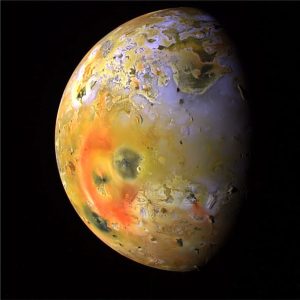There is no end to the fascinating geology, the inner and outer workings of the planets, their moons, asteroids, comets and other space flotsam and jetsam. It has almost become commonplace, that new data and images announce some new discovery, often unexpected, even weird. Satellites and landing craft sample atmospheres and rocks, give witness to distant eruptions and collisions, or search for possible landing sites for futures explorations.
I’ve never been involved in this kind of geological exploration, but I do enjoy writing about it, and in my imagination conduct geological field work in an ancient Martian river channel.
The posts linked here are in no particular order. For pictorial images I rely mostly on those available from NASA and the European Space Agency (ESA) that are publicly available.
For brief explanations of some terminology, see the Glossary of planetary geology.
The posts:
A measure of the universe: Renaissance slide-rules and heavenly spheres
Comets; portents of doom or icy bits of space jetsam?
Sand dunes but no beach; A Martian breeze
A watery Mars: Canals, a duped radio audience, and geological excursions
Which satellite is that? What does it measure?
Life on Mars; what are we searching for?
Io; Zeus’s fancy and Jupiter’s moon
The origin of life; Panspermia, meteorites, and a bit of luck
Near Earth Objects; the database designed to save humanity
Subcutaneous oceans on distant moons; Enceladus and Europa
Visualizing Mars landscape in 3 dimensions; stunning images from HiRISE
Martian organics; One more step in the right direction
There are more exoplanets than stars in the universe
Archeomagnetic jerks: Our decaying magnetic field








